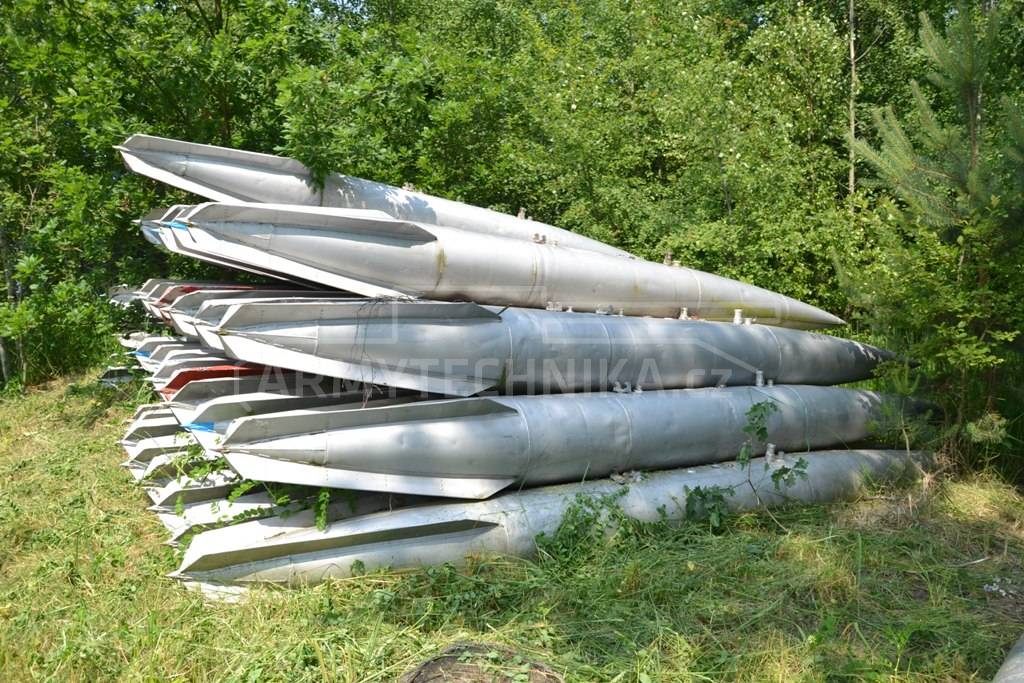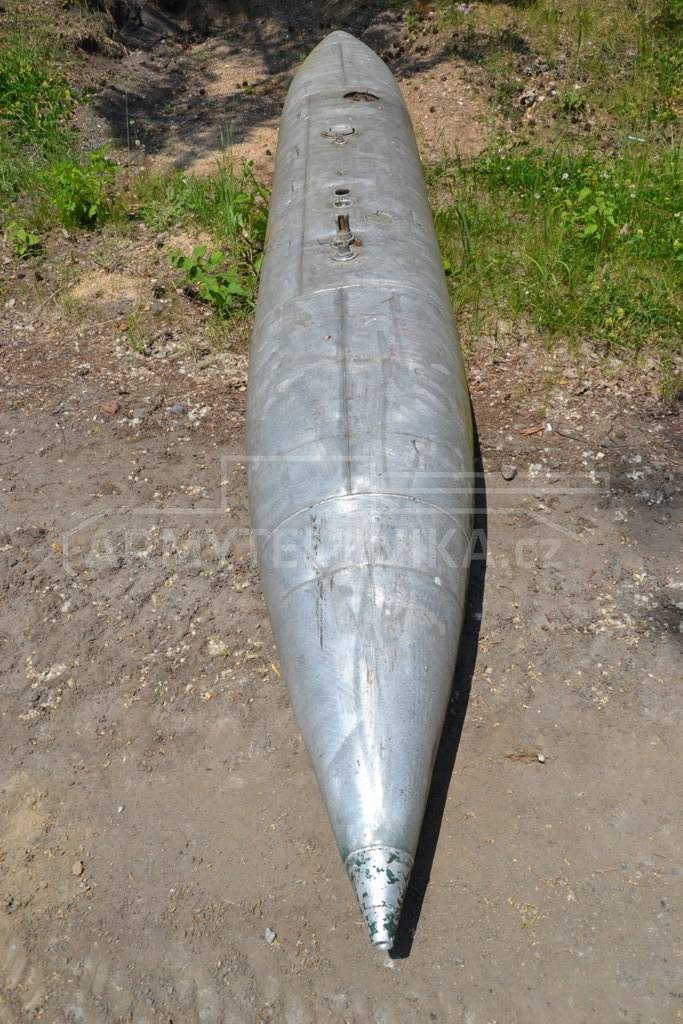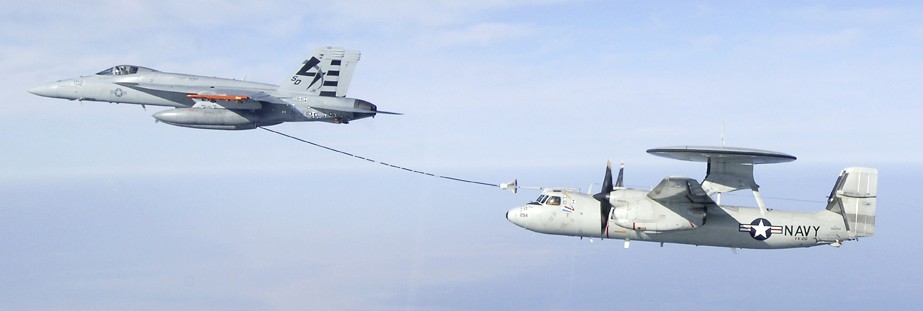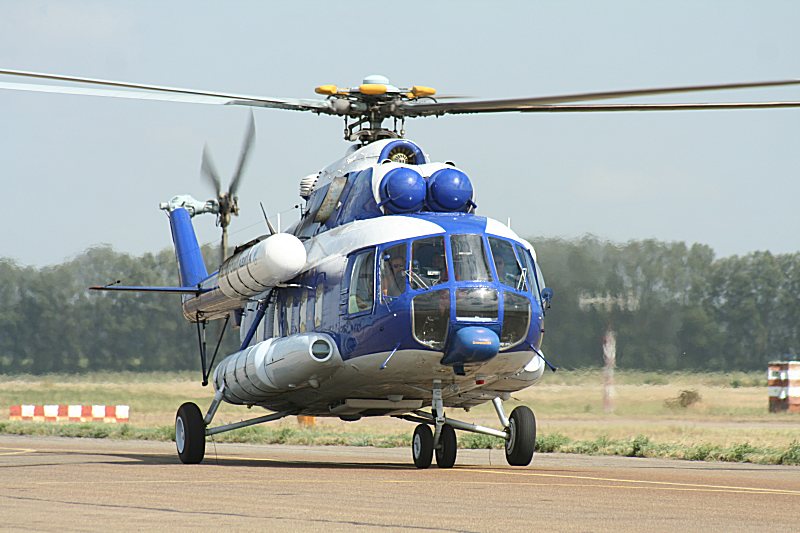Instead of modifying the Super Hornet’s airframe’s structure or wiring, the partners will be taking an unusual route: modifying a 480 gallon centerline fuel tank to carry 330 gallons of fuel + the IRST system. The drawback to this approach is that a centerline tank with IRST needs to stay on the airplane in combat, compromising its aerodynamic performance and radar signature.
On the bright side, this approach will allow refits to existing Super Hornets, and indeed to all “teen series” fighters in the US arsenal, once software integration is performed to tie the IRST into each new plane type’s “multisource integration algorithms.” IRST tracking data must be correlated with other sensors like the fighter’s radar, radar warning receivers, etc., in order to make its surveillance and targeting simple enough to be useful to the pilot. MSIA integration ensures this.
Industrial partners in this effort are:
Boeing IDS (lead contractor)
Lockheed Martin Missiles and Fire Control (SpectIR IRST sensor)
General Electric (F/A-18 fuel tank with the sensor housing)
Meggitt Defense Systems Inc. (IRST unit’s cooling sub-assembly)
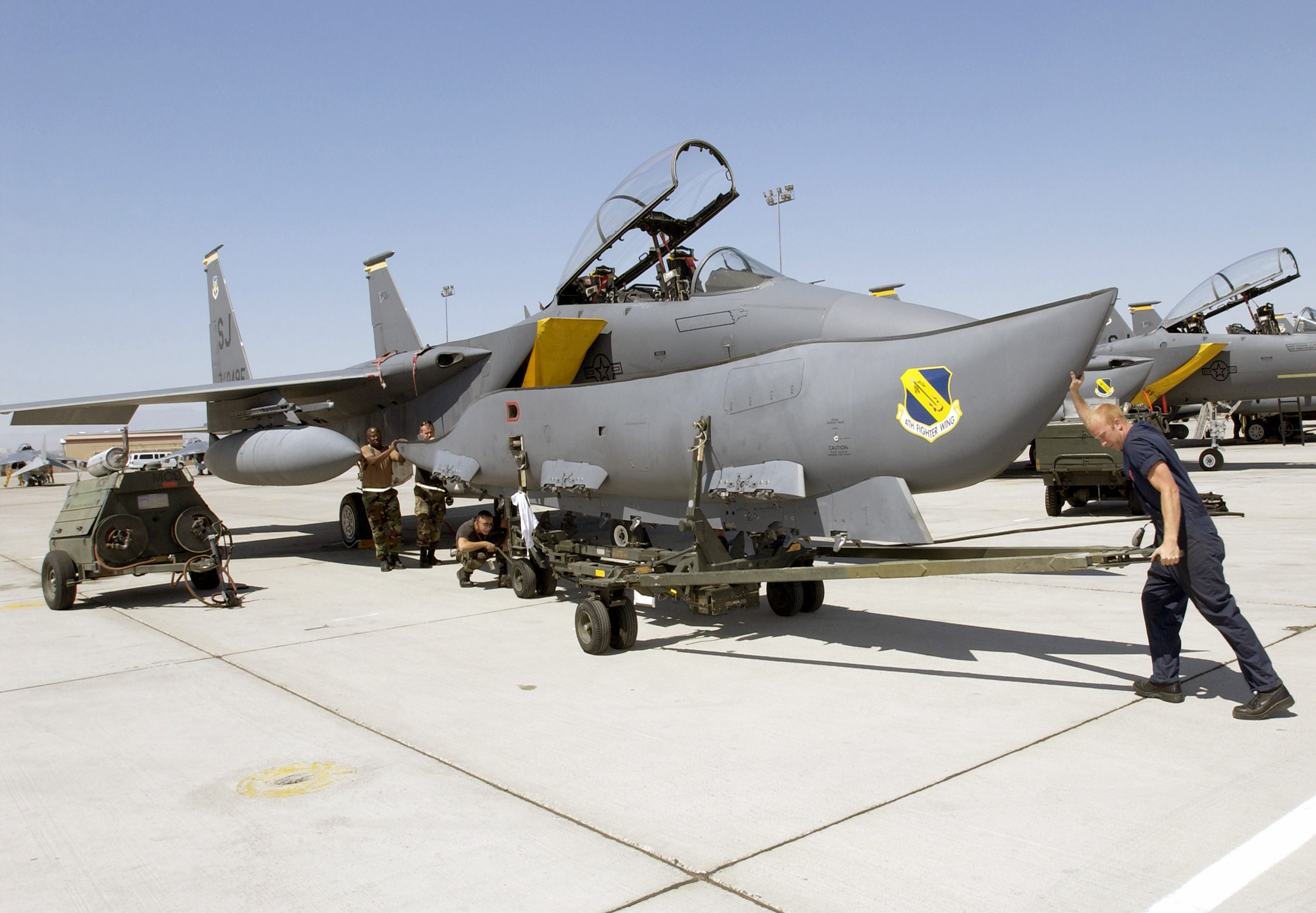
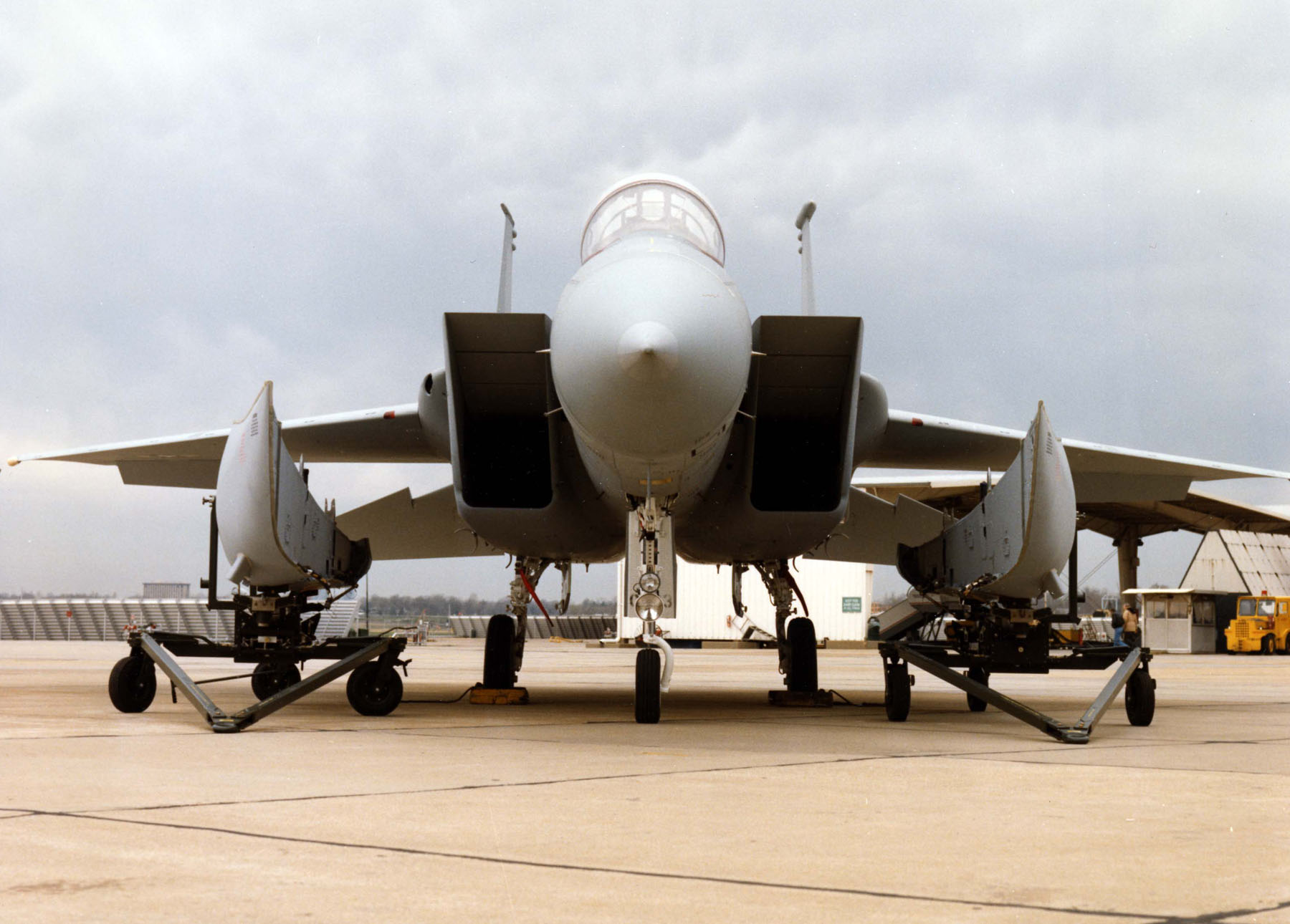







 , đại loại ốp vào nhìn cái lưng hơi gù lên một chút...cụ Gocart có thông tin gì không?
, đại loại ốp vào nhìn cái lưng hơi gù lên một chút...cụ Gocart có thông tin gì không?








 nó định làm gì nhỉ, con này là tiêm kích đánh chặn mà
nó định làm gì nhỉ, con này là tiêm kích đánh chặn mà